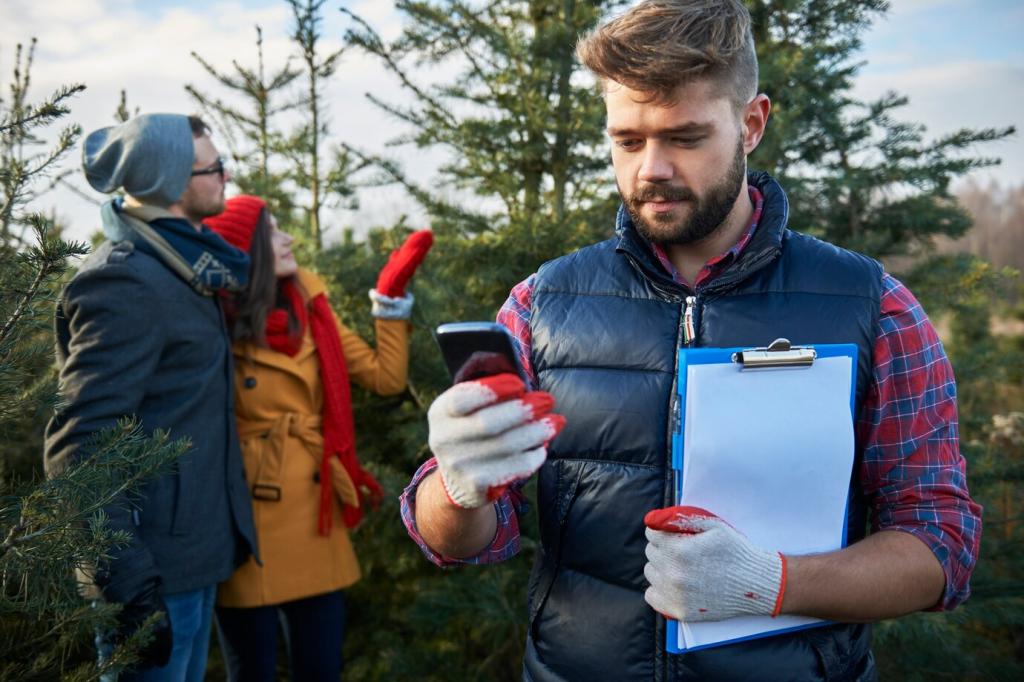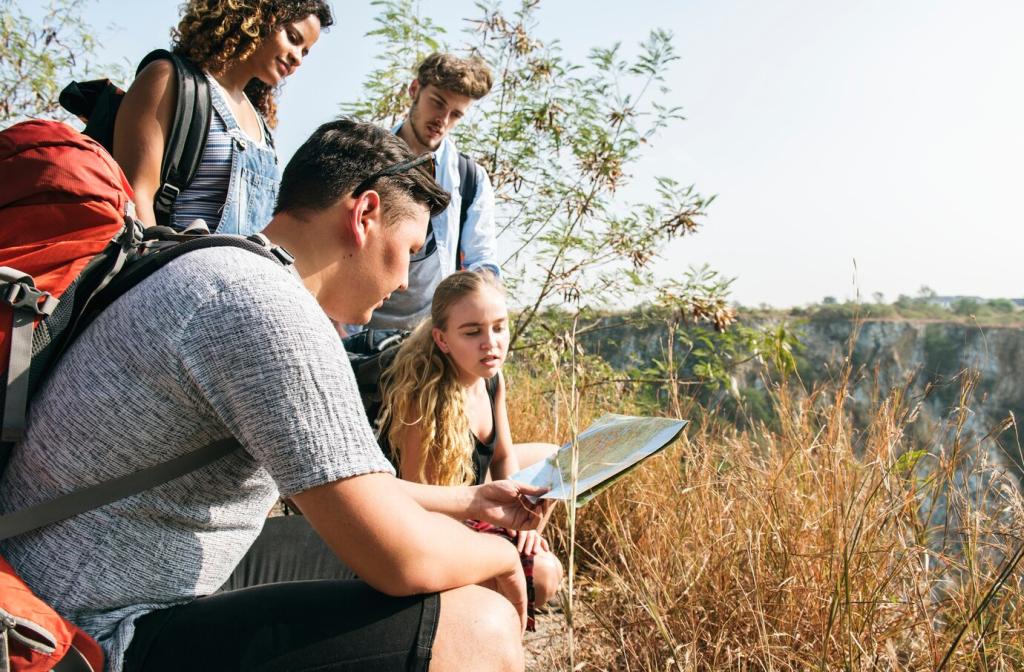Hydration, Nutrition, and Heat Management
Use wide-mouth bottles with insulated sleeves, stored upside down so ice forms near the base. Avoid exposed hoses. Tuck bottles near your back, and sip frequently to keep lines flowing. Hot electrolyte mixes double as morale boosts.
Hydration, Nutrition, and Heat Management
Liquid fuel stoves excel in extreme cold, while inverted canister systems bridge moderate lows. Pre-warm canisters. A quick soup or cocoa break adds calories and comfort, letting you linger safely during scenic but frigid ridge pauses.










